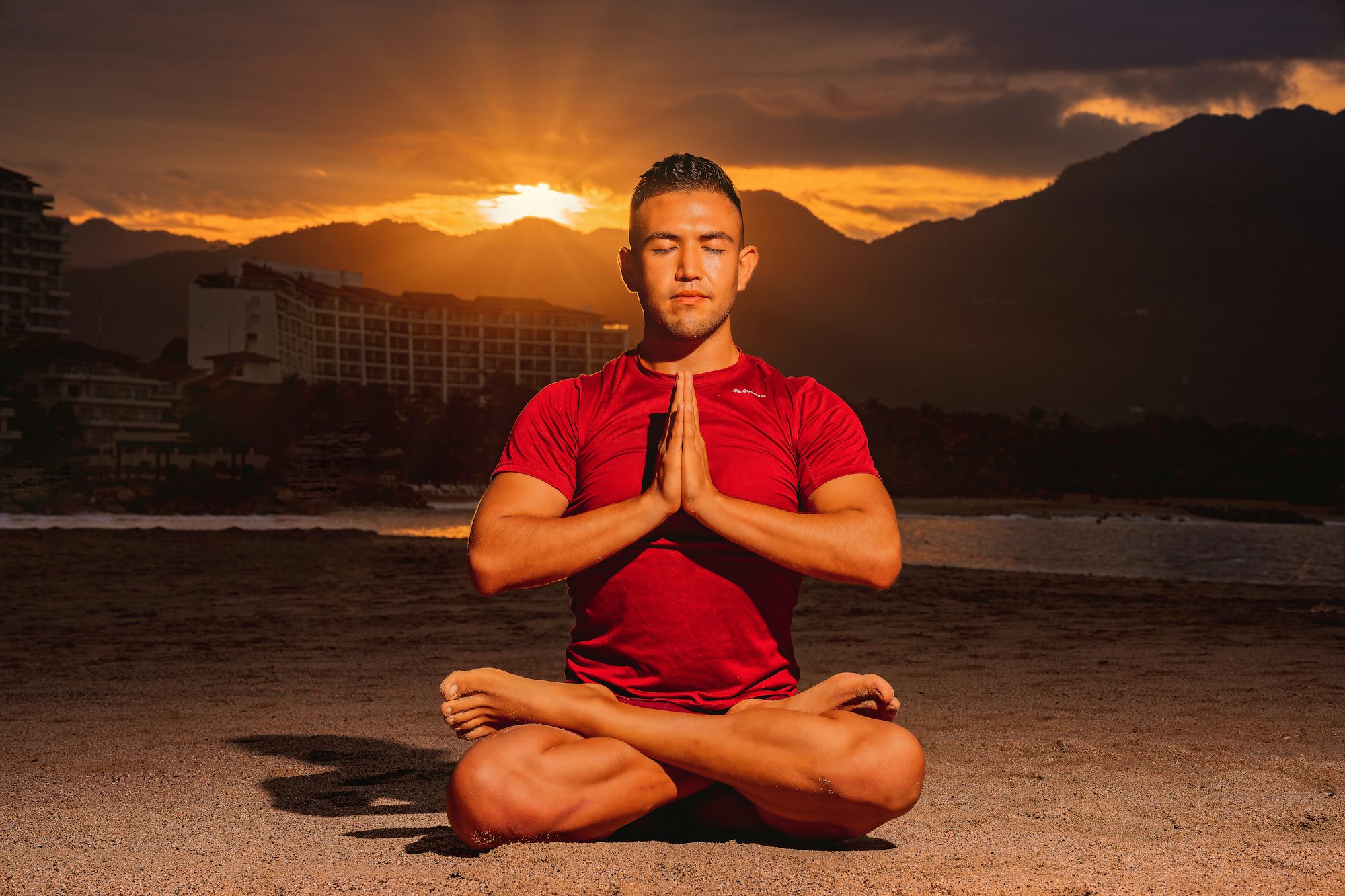
Harnessing the Benefits of Yoga: A glucose Path to Holistic Wellness
Yoga is an ancient practice that has evolved over thousands of years, becoming a popular method for enhancing physical, mental, and emotional well-being. With its roots in India, yoga encompasses a variety of styles and techniques that cater to different needs and preferences. This article will delve into several popular types of yoga, highlighting their benefits and providing guidance for those looking to integrate yoga into their wellness journey.
Hatha yoga is one of the most traditional forms and serves as a foundation for many other styles. It focuses on physical postures (asanas) and breathing techniques (pranayama). In Hatha yoga classes, practitioners engage in a series of poses that promote flexibility, strength, and balance. The deliberate pace encourages awareness of breath and body, fostering mindfulness. Regular practice can lead to improved posture, enhanced relaxation, and reduced stress levels. Hatha yoga is often recommended for beginners as it provides a solid introduction to the essential elements of yoga.
Vinyasa yoga, often referred to as flow yoga, builds on the principles of Hatha by emphasizing a dynamic sequence of poses linked by breath. In Vinyasa classes, movements flow seamlessly, creating a rhythmic practice that can be invigorating and energizing. This style encourages practitioners to find their rhythm and can be adjusted to various fitness levels, making it accessible to a wide audience. Benefits include increased cardiovascular fitness, improved flexibility, and a boost in mental clarity. The fluid nature of Vinyasa helps cultivate a deep connection between breath and movement, enhancing overall well-being.
Ashtanga yoga is a more rigorous and structured form of yoga that follows a specific sequence of poses. Practitioners move through a series of asanas in a set order, linking breath with movement in a disciplined manner. Ashtanga is known for its physical demands and can provide an intense workout. It is particularly beneficial for those seeking to build strength, stamina, and focus. The consistent routine helps cultivate discipline and a sense of commitment, making it ideal for individuals looking for a challenge in their practice.
Iyengar yoga emphasizes precision and alignment in each pose, often utilizing props such as blocks, straps, and blankets to support practitioners. This style encourages a deep understanding of body mechanics and fosters the ability to hold poses for extended periods. By focusing on alignment, Iyengar yoga helps prevent injuries and can be especially beneficial for individuals with specific physical concerns or limitations. The practice enhances flexibility, strength, and body awareness, promoting a balanced approach to physical fitness and mental clarity.
Kundalini yoga is distinct in its focus on awakening the energy located at the base of the spine, known as Kundalini. This style incorporates dynamic movements, breathwork, and chanting to elevate consciousness and promote spiritual growth. Kundalini classes often include a combination of asanas, pranayama, and meditation, creating a holistic experience. Practitioners report heightened awareness, emotional release, and a greater sense of connection to themselves and others. This practice is suitable for those seeking not just physical benefits but also a spiritual and energetic transformation.
Restorative yoga is a gentle and calming practice designed to promote relaxation and stress relief. In Restorative classes, practitioners use props to support their bodies in various poses, allowing them to hold each pose for an extended period. This style encourages deep relaxation and is particularly effective in reducing tension and anxiety. Benefits of Restorative yoga include improved sleep quality, enhanced mental clarity, and a greater sense of inner peace. This practice is suitable for individuals of all levels and can serve as a soothing complement to more physically demanding styles.
Bikram yoga, also known as hot yoga, takes place in a heated room, typically around 105°F (40°C) with high humidity. This practice consists of a series of 26 poses designed to systematically work every part of the body. The heat enhances flexibility and encourages detoxification through sweating. Practitioners often find Bikram yoga invigorating and challenging, making it an excellent choice for those seeking a vigorous workout. However, it is essential to stay hydrated and listen to your body during practice, as the heat can be intense for some individuals.
Yin yoga is a slower-paced style that targets the connective tissues, such as ligaments and fascia, through long-held postures. Practitioners hold poses for several minutes, promoting deep stretching and relaxation. Yin yoga complements more active styles by encouraging balance within the body and mind. The meditative quality of this practice fosters a sense of calm and introspection, making it suitable for those looking to enhance their mindfulness and emotional awareness. Regular practice can lead to improved flexibility, reduced stress, and a greater understanding of personal limits.
Each style of yoga offers unique benefits and can be tailored to individual needs. As practitioners explore different types of yoga, they can discover what resonates most with them. It’s essential to approach yoga with an open mind and a willingness to learn, as each practice provides an opportunity for growth and self-discovery.
Incorporating yoga into your daily routine can significantly enhance overall wellness. Whether you prefer the energetic flow of Vinyasa, the precision of Iyengar, or the calming nature of Restorative yoga, regular practice can lead to a more balanced lifestyle. Yoga encourages a holistic approach to health, fostering physical fitness, mental clarity, and emotional resilience.
As you embark on your yoga journey, consider finding a qualified instructor who can guide you in the practice. Many studios offer introductory classes that allow newcomers to explore different styles and find the right fit. Online resources and videos can also provide valuable guidance for those practicing at home. Remember, the ultimate goal of yoga is not just about mastering poses but cultivating a deeper connection with yourself and enhancing your overall quality of life. With patience and dedication, yoga can transform not only your body but also your mind and spirit.

